What has been the hardest houseplant you’ve ever had to care for? What challenges did you face, and were you able to successfully nurture it?
While there are countless resources available with general houseplant information, personal experiences often hold the most value.
That’s why we’ve gathered insights from 12 gardening experts and thought leaders to share their unique perspectives. Here’s what they had to say about the most challenging houseplant to care for.
- Monstera Deliciosa’s Needs
- Fiddle-Leaf Fig’s Temperament
- Zebra Plant’s High Maintenance
- Medinilla Magnifica’s Demands
- Fiddle-Leaf Fig’s Care
- Staghorn Fern’s Unique Needs
- Boston Fern’s Humidity Needs
- Fiddle-Leaf Fig’s Balancing Act
- Fiddle-Leaf Fig’s Sensitivity
- Venus Flytrap’s Specific Care
- Maidenhair Fern’s High Demands
- Orchid’s Specific Conditions
1. Monstera Deliciosa’s Needs
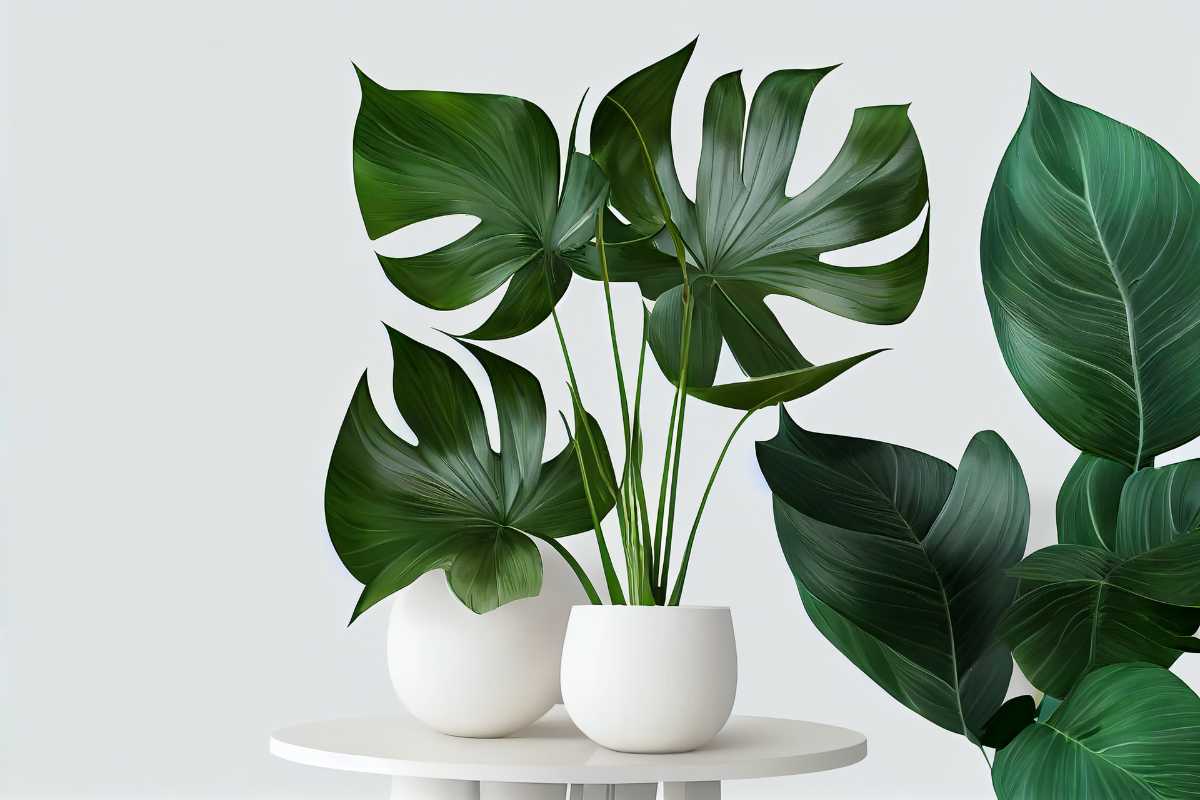
I remember the challenges I faced with it. This plant can be pretty particular about light and humidity. It enjoys indirect sunlight and a humid environment, which can be challenging to maintain if you’re not equipped with the right tools, like a decent humidifier. I initially struggled with yellowing leaves, often a sign of overwatering or improper drainage.
Through trial and error, I learned the importance of letting the topsoil dry out completely between waterings and ensuring the pot has excellent drainage. The Monstera thrived by adjusting these care techniques, rewarding me with its signature fenestrated leaves. This experience taught me the value of patience and observation in plant care, traits I apply daily in leading KetieStory.

Ketie Zhang, Founder, Ketie Story
2. Fiddle-Leaf Fig’s Temperament
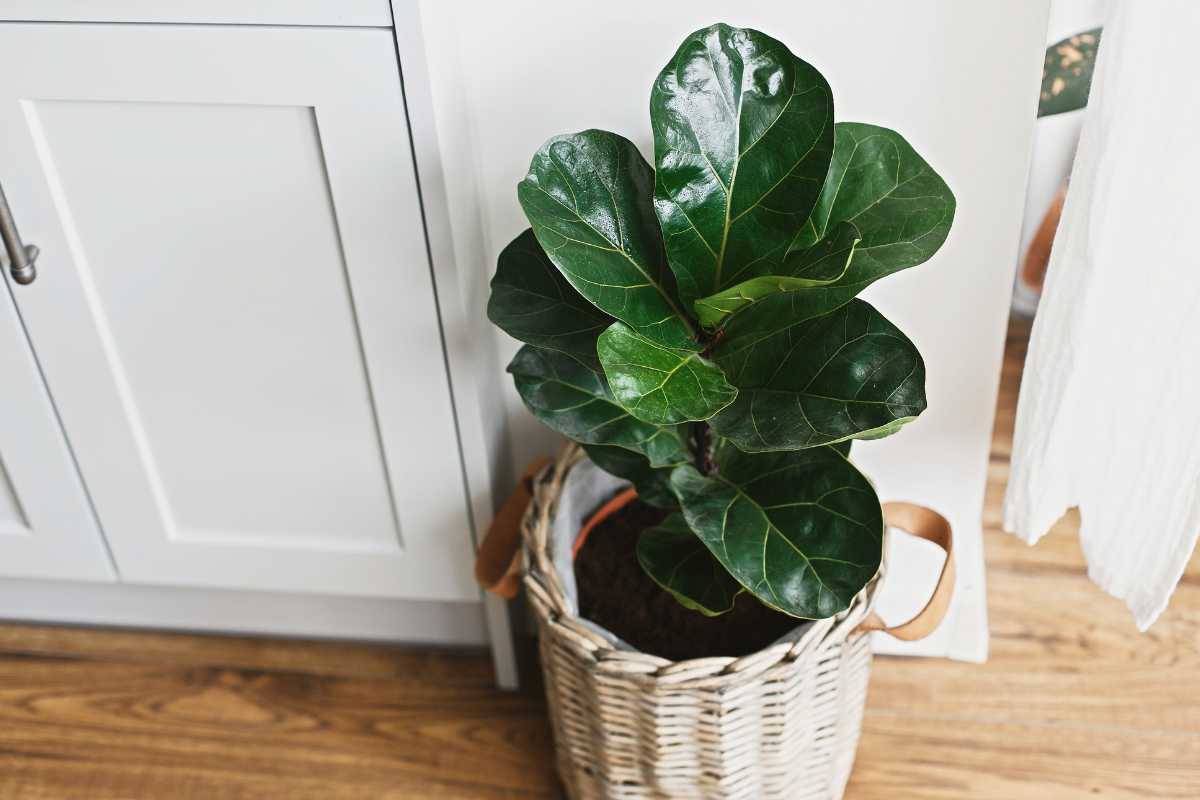
The hardest houseplant I’ve cared for is the fiddle-leaf fig. It’s known for being temperamental. This plant requires the perfect balance of light, humidity, and watering. Any deviation can cause leaf drop or browning. After a few months of trial and error, I was able to successfully care for it by moving it to a bright, indirect-light spot and establishing a consistent watering schedule. Patience and careful observation were key to its survival.

Alex Taylor, Head of Marketing, CrownTV
3. Zebra Plant’s High Maintenance
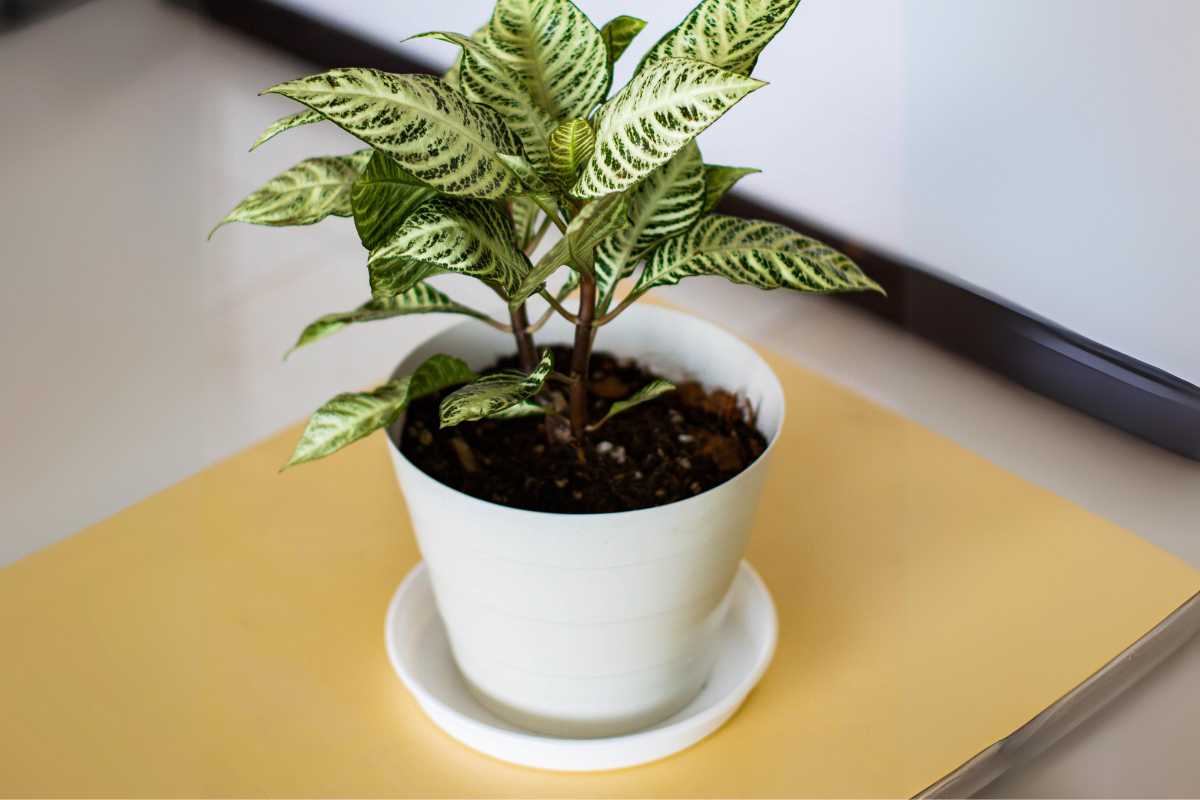
The hardest houseplant I’ve had to care for is the zebra plant (Aphelandra squarrosa). It’s not a plant you hear about often, but it’s got these striking, patterned leaves that make it look incredible—until it starts to struggle. The difficulty with this plant is due to its high-maintenance needs, especially with humidity and light.
The zebra plant loves bright, indirect light, and if you get that wrong, it quickly loses its vibrant colors. What really made it tough to care for was the humidity. It’s native to tropical regions, so it thrives in environments with high humidity levels, which are hard to maintain in a typical indoor setting. I had to mist it regularly and even set up a humidity tray, just to keep it from drying out. Even then, its leaves would sometimes droop or curl, making it clear that the plant wasn’t happy.
Despite the challenges, I was able to keep it alive for quite some time, though not without hiccups. I learned that keeping the soil consistently moist without letting it get waterlogged was a fine balance. The plant would show signs of distress quickly if it didn’t have enough water, but overwatering could lead to root rot. It took some trial and error, but once I got the watering routine down, along with maintaining the right light and humidity, the zebra plant started to thrive again. It’s definitely not a beginner’s plant, but with patience and care, it can be incredibly rewarding to see it flourish.

Matt Little, Founder & Managing Director, Festoon House
4. Medinilla Magnifica’s Demands
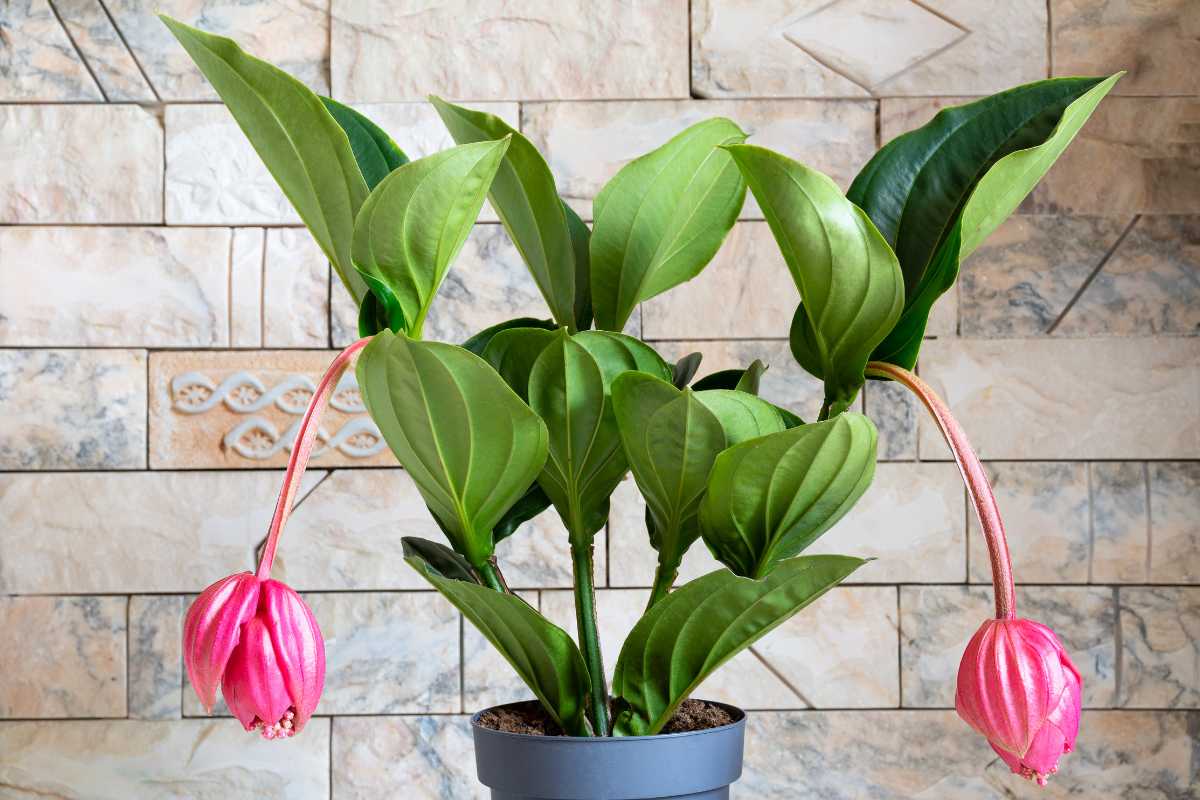
The Medinilla magnifica is the hardest houseplant I’ve had to care for. It’s a tropical beauty, no doubt, with its large pink blooms and glossy leaves, but its demands are on another level. This plant doesn’t just want light; it’s specific about needing bright, indirect light that mimics its natural rainforest environment. Too much direct sun and the leaves scorch; too little, and it refuses to bloom. Getting that balance right was a constant battle.
Humidity is another challenge with this plant. Medinilla magnifica thrives in high humidity, which is tough to maintain in most homes, especially during the winter months when indoor heating dries the air. I had to resort to misting it regularly, placing it near a humidifier, and even grouping it with other plants to create a microclimate. It felt like caring for a diva—one wrong move, and the leaves would brown or, worse, fall off altogether.
Despite the difficulty, I managed to keep it alive, and yes, eventually got it to bloom. It wasn’t an easy journey, but it became more manageable once I understood its needs—light, humidity, and careful watering. Still, even with all the care I gave it, the Medinilla magnifica demands constant attention, making it one of the most difficult plants I’ve ever had to care for.

Oliver Morrisey, Owner, Director, Empower Wills & Estate Lawyers
5. Fiddle-Leaf Fig’s Care

The hardest houseplant I’ve had to care for is definitely the fiddle-leaf fig. While it’s incredibly popular due to its stunning, large leaves, it can be quite finicky when it comes to care. One of the biggest challenges I faced was maintaining the right balance of light and humidity. Fiddle-leaf figs thrive in bright, indirect light but can easily get sunburned if exposed to too much direct sunlight. I found that finding the perfect spot in my home required some trial and error, as too little light can cause the leaves to drop.
Despite these challenges, I was able to successfully care for my fiddle-leaf fig by being patient and attentive. I learned to monitor its watering closely, allowing the top inch of soil to dry out between waterings, which helped prevent root rot. I also made sure to dust the leaves regularly to keep them clean and allow for better light absorption. Over time, with consistent care and adjustments based on its needs, my fiddle-leaf fig flourished and became one of my favorite indoor plants!

Sophie Marasco, Founder, Thanks A Bunch Florist
6. Staghorn Fern’s Unique Needs
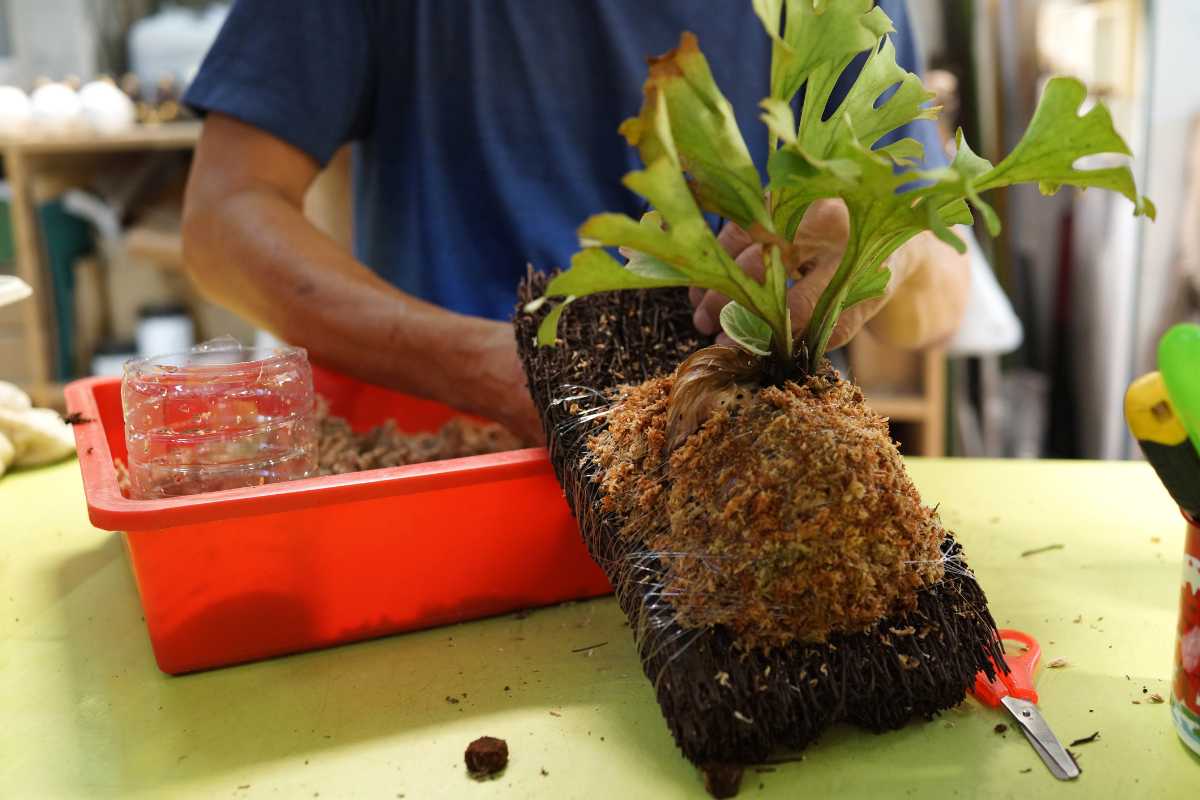
The most challenging houseplant I’ve cared for is the staghorn fern (Platycerium bifurcatum), which initially confounded my arborist’s approach to plant care. Its unique epiphytic nature—growing without soil in its natural habitat—required a complete rethinking of traditional potting and watering techniques.
The fern’s need for high humidity and indirect light, coupled with its sensitivity to overwatering, created a delicate balance that was initially hard to achieve in a typical indoor environment. I experimented with mounting the fern on a wooden board, mimicking its natural growth pattern on tree trunks, and creating a microclimate using a pebble tray for humidity.
The breakthrough came when I applied my knowledge of forest canopy ecosystems, misting the fern regularly and allowing it to dry slightly between waterings, much like the intermittent rainfall in its native habitat. After several months of adjusting care techniques, the staghorn fern not only survived but thrived, developing impressive antler-like fronds that have become a striking focal point in my home office. This experience taught me that sometimes, the key to successful plant care lies in recreating nature’s conditions, even in the most unlikely indoor settings.

Ben McInerney, Founder, GoTreeQuotes
7. Boston Fern’s Humidity Needs
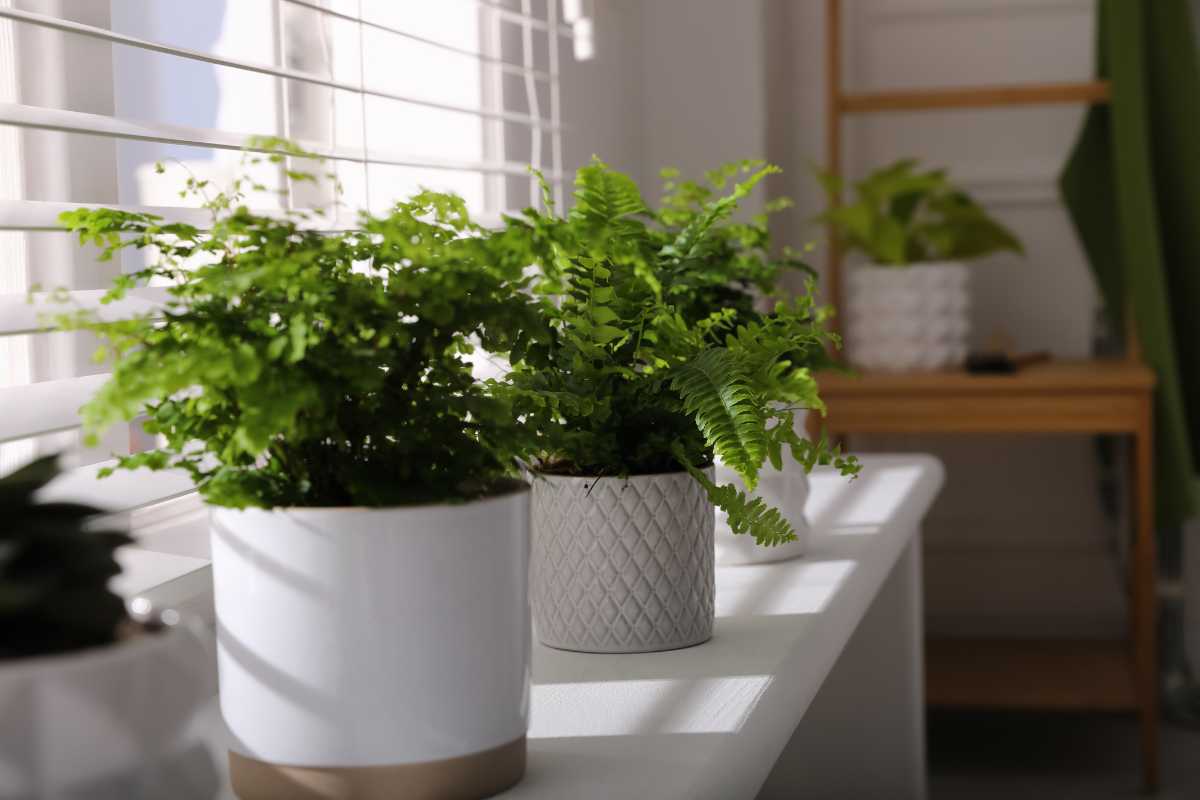
For me, the hardest houseplant to care for has been the Boston fern. I didn’t expect it to be so demanding, but keeping the humidity levels just right was a real challenge. In the dry indoor air, especially during the winter, the fronds would turn crispy and start shedding. I tried misting it daily, but it still wasn’t enough to keep it from drying out.
Eventually, I got a small humidifier and placed it next to the fern, and that made all the difference. It started looking a lot healthier once I maintained the right moisture level in the air. I also learned that indirect sunlight worked best for it, so I moved it away from the windows. It was definitely a learning process, but seeing it thrive now makes all the extra care feel worth it!

Chris Bajda, E-commerce Entrepreneur & Managing Partner, GroomsDay
8. Fiddle-Leaf Fig’s Balancing Act
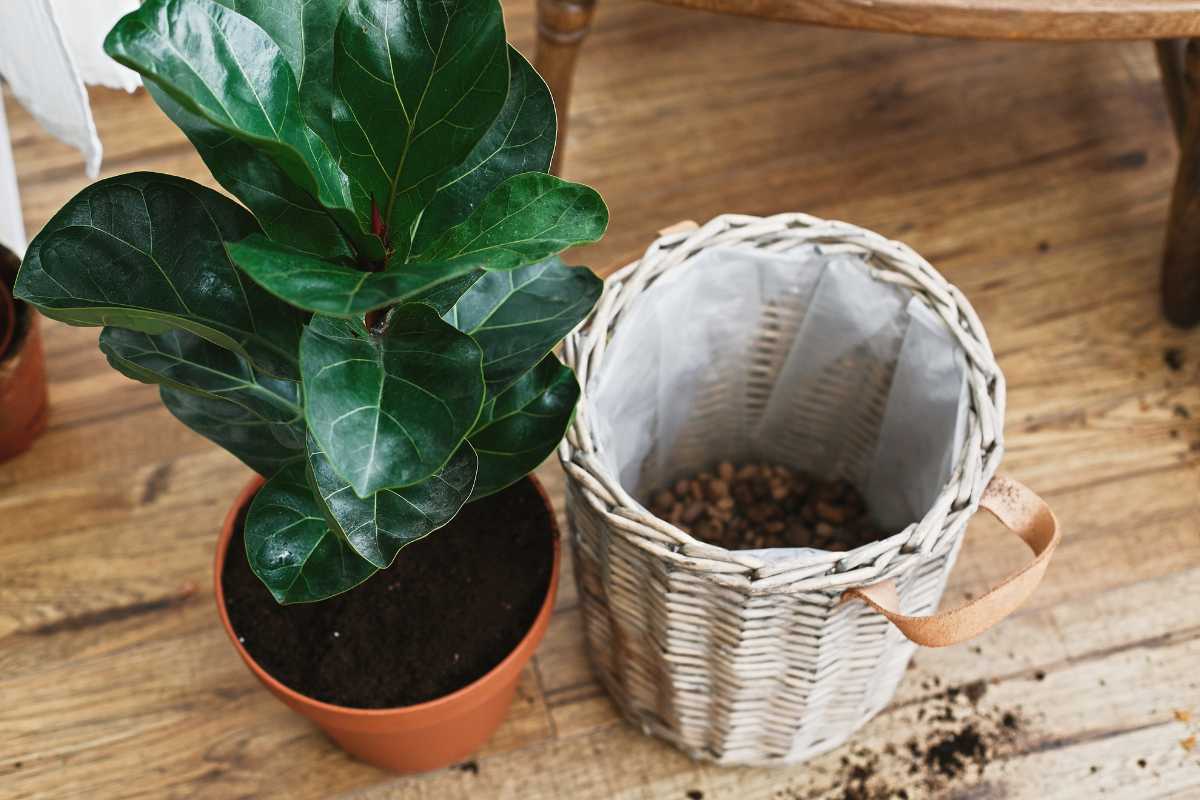
The fiddle-leaf fig, without a doubt, has been one of the most challenging houseplants I’ve looked after. It’s a beautiful plant—those large, leathery leaves really make a statement—but caring for it requires a bit of a balancing act. It needs bright, indirect light, so finding the right spot can take some experimenting. I noticed mine started leaning toward the window, which is a sign it’s reaching for light. That meant rotating it regularly, about once a month, to keep it growing evenly.
Humidity was another issue, especially in drier months. Fiddle-leaf figs are tropical, so they thrive in warm, humid environments, which can be tricky to replicate indoors. I had to mist the leaves daily and make sure they stayed dust-free, as dusty leaves can hinder their ability to photosynthesize. And when it comes to watering, it’s all about moderation. The soil should dry out between waterings, but not too much, because they’re prone to root rot if overwatered.
It took some time, but I found a routine that worked: regular misting, strategic rotation, careful watering, and feeding it with diluted houseplant fertilizer during the growing season. Once I got the hang of it, the fiddle-leaf fig grew beautifully, though I have to say—it’s a plant that really keeps you on your toes!

Bradley Saunders, Brand President, Heroes Lawn Care
9. Fiddle-Leaf Fig’s Sensitivity
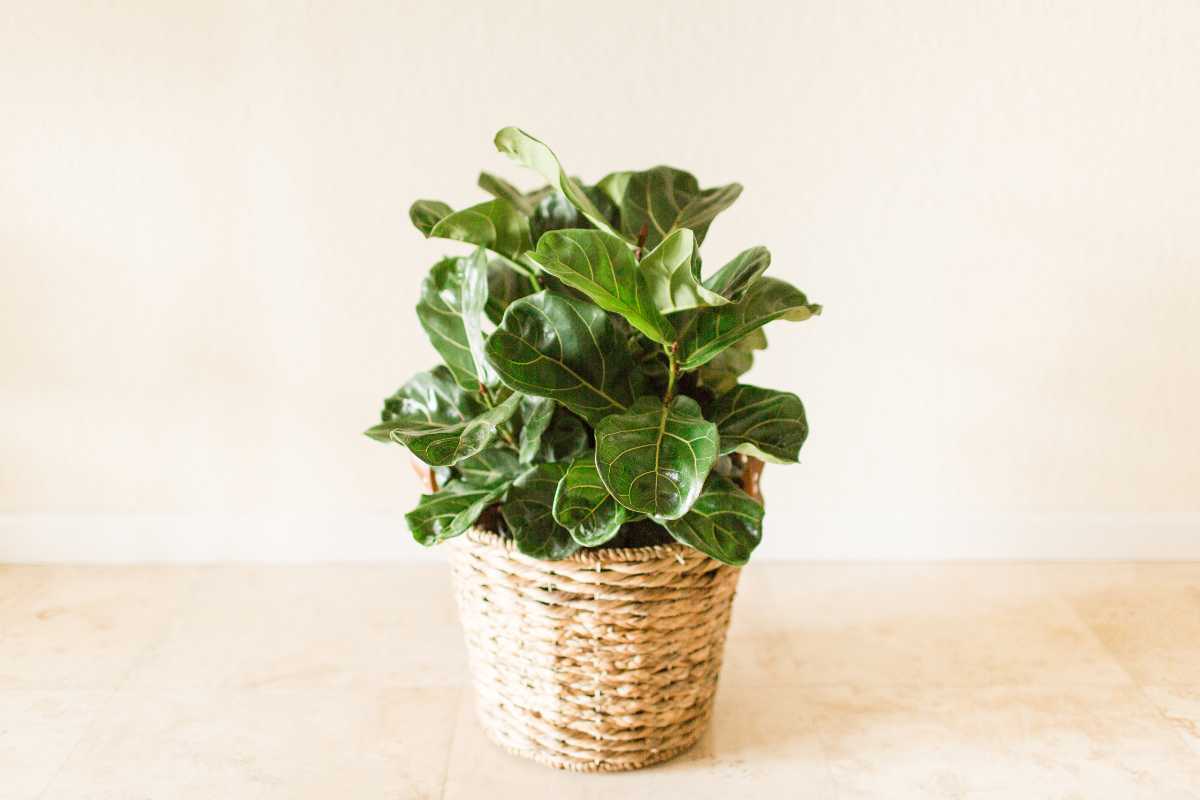
The hardest houseplant I had to care for was the fiddle-leaf fig. It is notoriously sensitive to changes in light, humidity, and watering, which can cause its leaves to brown or drop unexpectedly. Maintaining the right balance of these conditions was a challenge, especially in Texas, where humidity levels fluctuate. Through trial and error, I was able to keep it healthy by placing it in a consistent, bright spot and closely monitoring its moisture levels. It taught me the importance of patience and paying attention to the plant’s needs.

Amaury Ponce, Business Owner, Ponce Tree Services
10. Venus Flytrap’s Specific Care
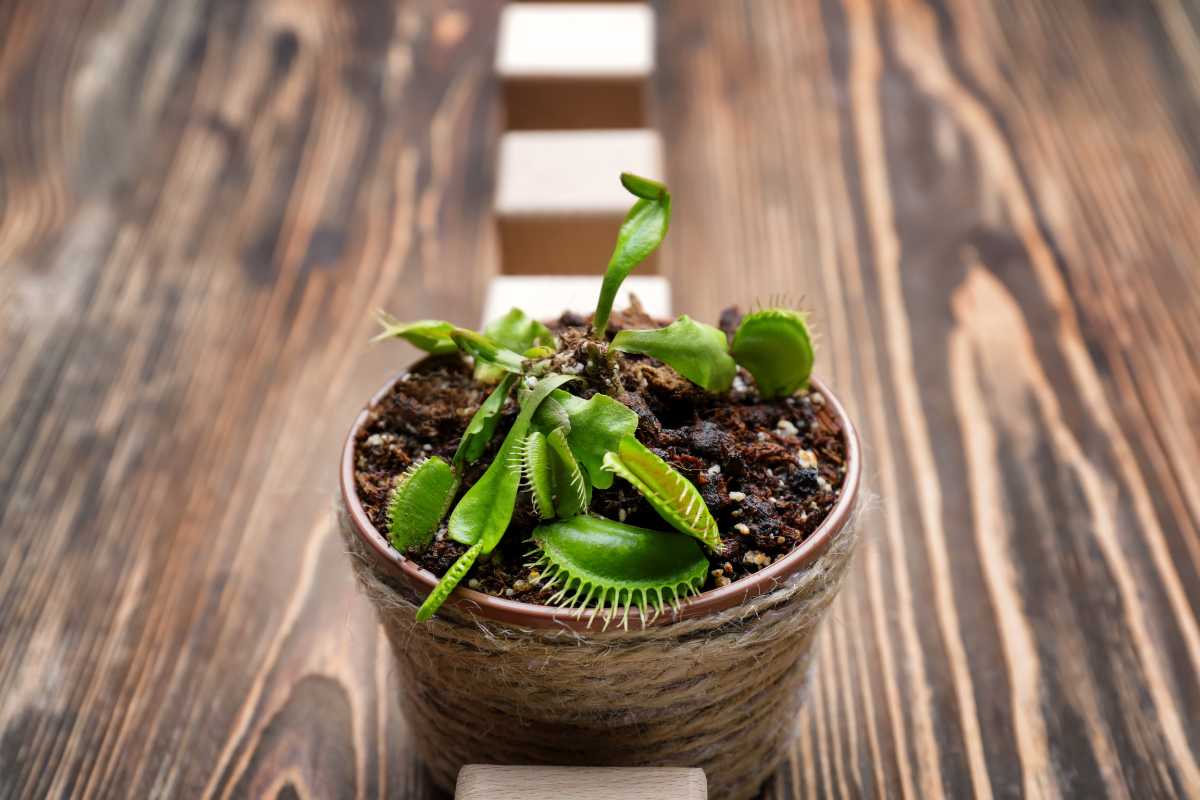
One of the hardest, but most fun and interesting houseplants I’ve had is the Venus flytrap (Dionaea muscipula). This plant is not only carnivorous; it needs very specific care.
Venus flytraps need nutrient-poor soil and thrive in high humidity and full sun, but the most difficult aspect is having a constant supply of insects for them. Although a fascinating plant, maintaining the right conditions and diet has proven quite the challenge. My Venus flytrap is happily living in a terrarium-like environment in front of the kitchen window. I invested in a humidifier, as it wasn’t doing well in the drier air, and have a good supply of tiny insects at hand.
I’ve learned that through research and patience, you can care for a Venus flytrap at home. It’s absolutely fascinating watching it catch and digest its prey.

Amy Bos, Co-Founder & COO, Mediumchat Group
11. Maidenhair Fern’s High Demands
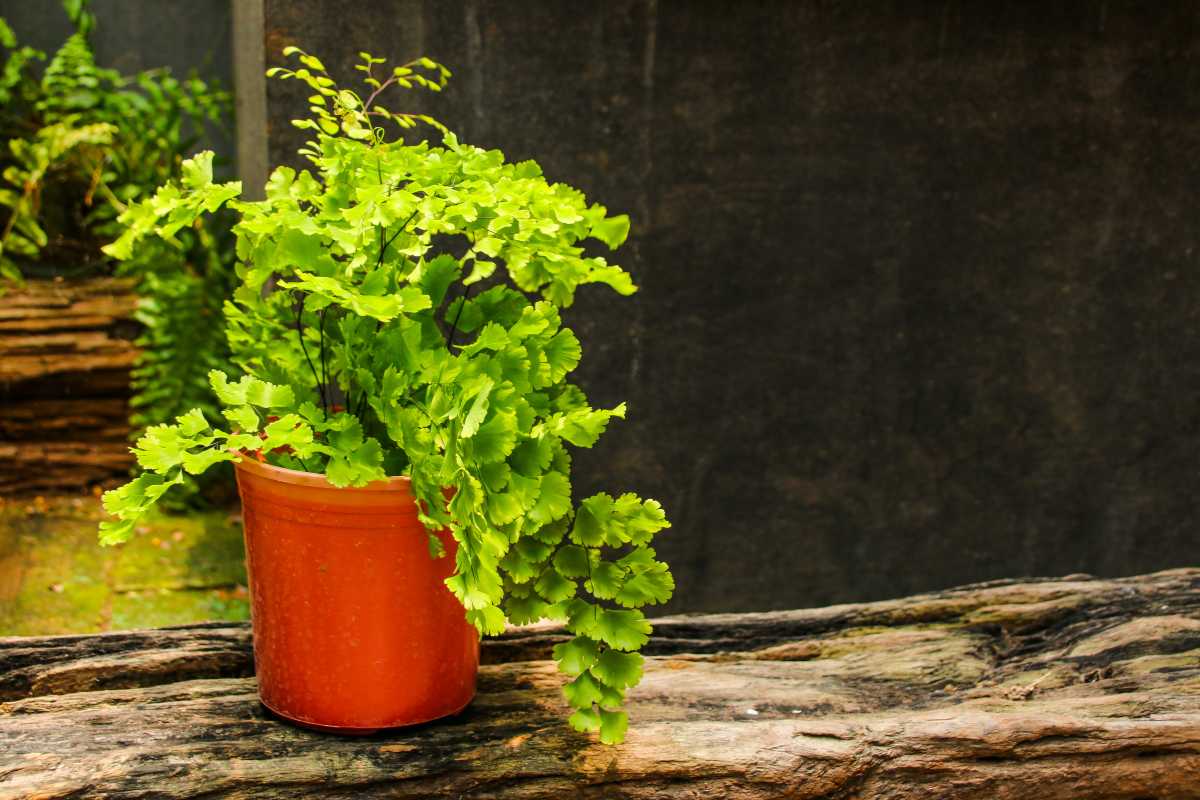
The maidenhair fern—an absolute diva in plant form. It’s like trying to keep a cloud alive in a box. It requires constant humidity as if it were on a perpetual tropical vacation, and if you miss watering by a day, boom—crispy leaves, instant drama.
It’s also allergic to drafts and prefers filtered light, but not too much or too little—Goldilocks syndrome.
I almost gave up. But I cracked it: I kept it next to the shower, misted it obsessively, and talked to it. I’m not kidding.
Did I succeed? Eventually, yes—by turning my bathroom into a rainforest spa for one very needy plant.

John Beaver, Founder, Desky
12. Orchid’s Specific Conditions
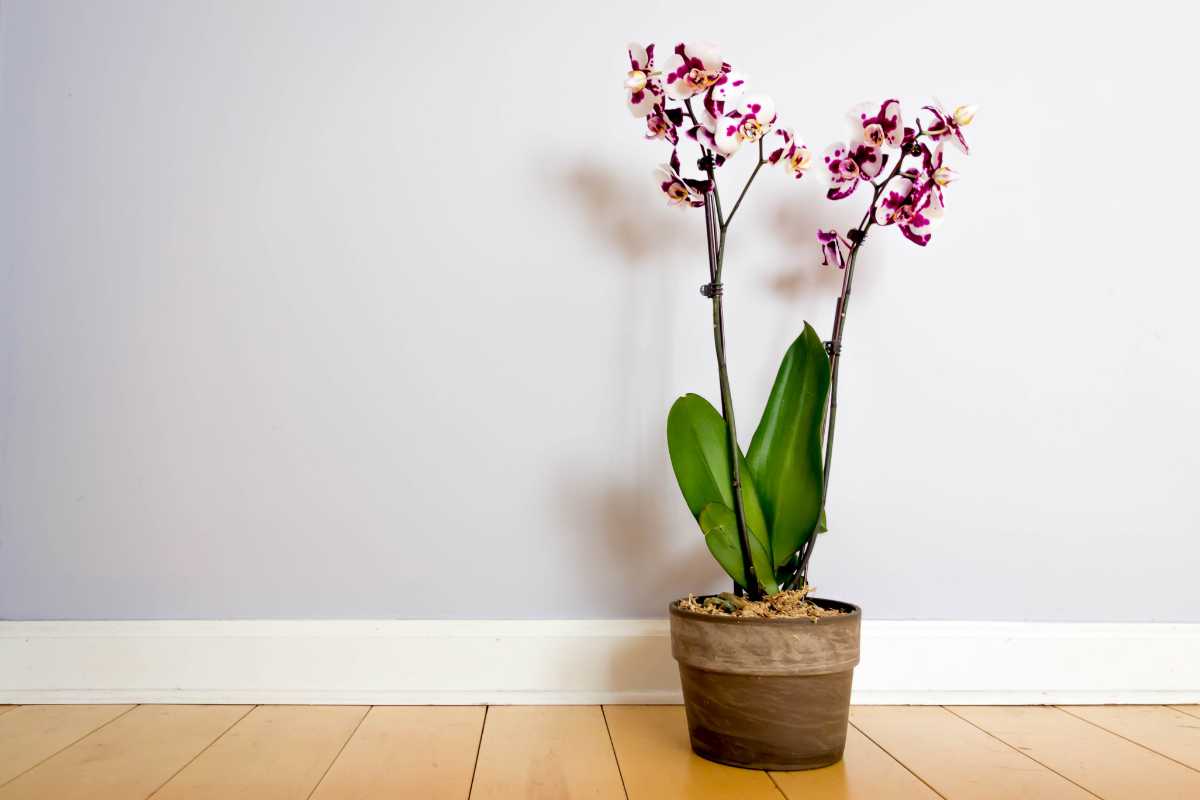
The hardest houseplant I have ever had to care for is the orchid. Orchids are known for their beauty and elegance, but they can also be quite challenging to keep alive. The main difficulty with caring for orchids is that they require very specific conditions in order to thrive.
Orchids need a lot of light, but not direct sunlight. They prefer bright, indirect light sources such as an east-facing window or behind a sheer curtain. Finding the perfect balance of light can be tricky, especially if you live in a climate with harsh seasons. During the winter months, it can be especially challenging to provide enough light for your orchid.
One challenging aspect of orchid care is managing their watering needs. Unlike most plants, orchids don’t enjoy being watered on a regular schedule. In fact, they prefer to completely dry out between waterings. This means keeping a close eye on the soil and only watering when it is almost completely dry. Overwatering can lead to root rot and ultimately result in the death of the plant.

Evan Tunis, President, Florida Healthcare Insurance

